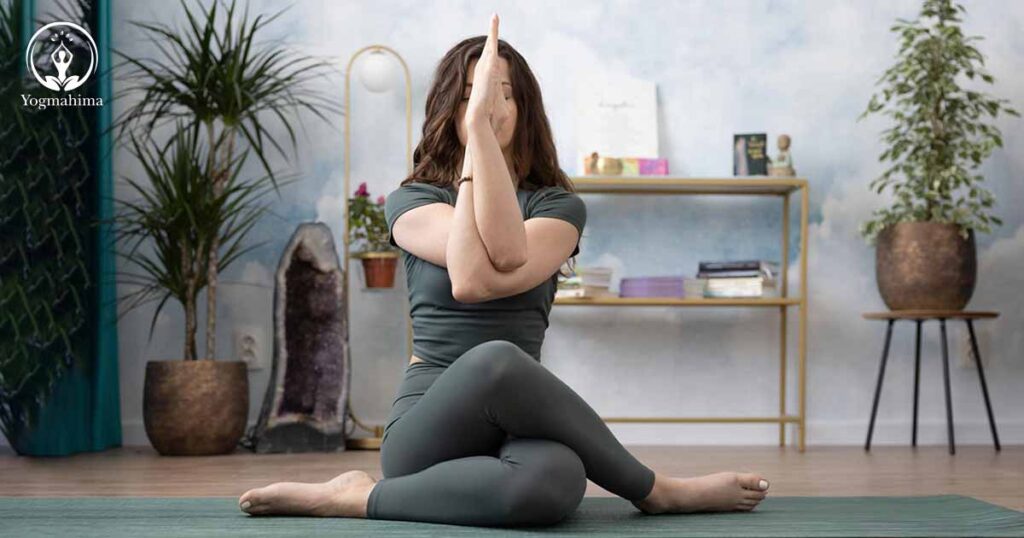
Yoga is a mind and body practice; daily yoga helps you stay calm, healthy, and more productive. The best way to get these benefits is to do yoga daily, even as a beginner. Please learn yoga from a professional; however, it is difficult for everyone to commute daily to their yoga training classes. The answer to it is to start doing yoga at home. You might be wondering how to practice yoga daily at home. Yes, practicing yoga at home is possible and, most importantly, convenient if you make a plan that fits your daily lifestyle.
The best way to start a yoga workout at home is to start from the beginning. Don’t get over-excited and indulge yourselves in tricky and advanced poses. Proceed slowly and always follow the teacher’s instructions; if you do it alone, watch the video and follow it step by step.
These are the things to know before starting how to practice yoga.
Find A Comfortable Spot for Practice
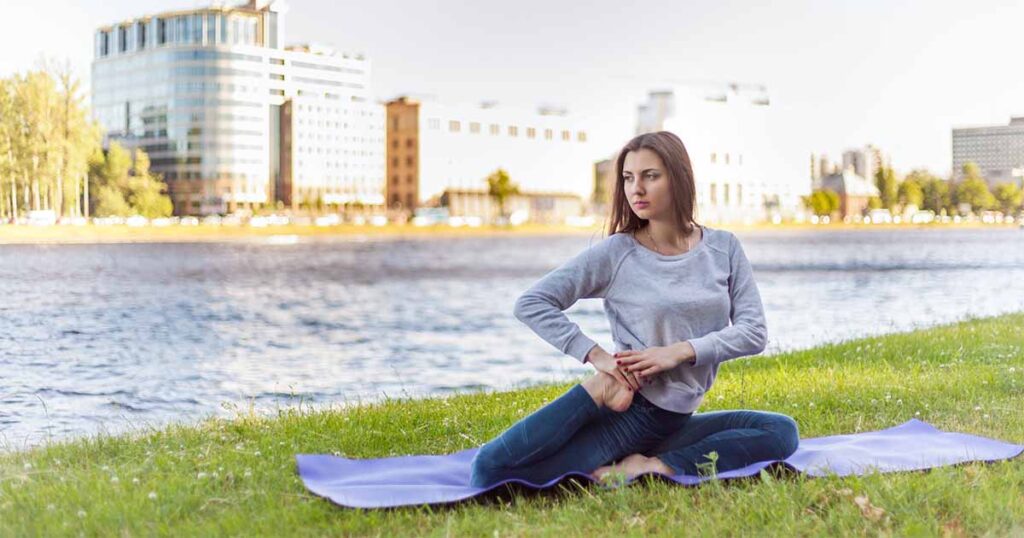
Find a space in your home that is quiet, peaceful, and spacious where you can do yoga. Ensure there are not many tables, chairs, or other things around that place because that might disturb you from moving freely, and there is also a risk of bumping into these things. You should also ensure that the space is clean and well-ventilated.
For added atmosphere, you light up a few incense sticks and candles to create a serene atmosphere. However, these are the personal preferences of each individual.
Set A Convenient Time
Decide a time when you are entirely free to do yoga, and no one will disturb you. Maintain that time daily. Practicing yoga in the morning is beneficial as it keeps energy levels high during the day. However, you can choose any time convenient; even doing yoga in the evening refreshes your mind and releases stress collected throughout the day.
Get A Good Yoga Mat
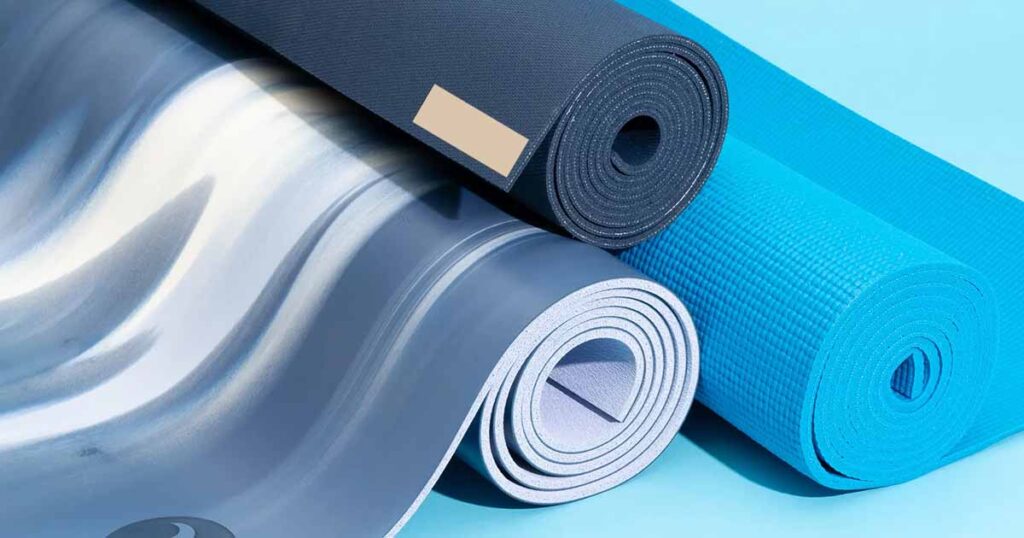
No big accessories are required for yoga; only a simple yoga mat is needed. Make sure that the mat is non-slippery. However, it is not like that. You won’t be able to practice yoga without a yoga mat, but getting it gives you a little comfort with a smooth surface and cushioning.
Keep Your Yoga Wear Simple
Don’t wear anything in which you are uncomfortable and unable to stretch your legs or hands freely. Instead, go for loose, comfortable, and breathable clothing.
Choose The Right Yoga Style
There are a variety of yoga types; if you are a beginner, make sure you follow your teacher’s guides. Attending guided yoga is the best way to feel for a particular style; if you like it, practice that daily.
There are three types of yoga styles: Hatha, Vinyasa, and Yin. Choose from any of these based on your requirements and intentions.
Here is a breakdown of these styles-
- Hatha Yoga is one of the oldest yoga styles, alternating between resting and challenging poses. It helps to rebalance the nervous system and helps to rebuild stamina and strength.
- Vinyasa Yoga: This yoga style focuses on flowing from one yoga pose to another, with each pose held briefly, unlike Hatha yoga. Vinyasa yoga offers cardiovascular fitness benefits and also improves strength.
- Yin Yoga: This yoga style features long holds that stimulate and release fascia and activate the parasympathetic nervous system to release stress. Poses are held for close to 5 minutes.
So, choose a style that fulfils your needs and goals. If you are still confused, you take the advice from your teacher to understand the style better.
Start with Small Sessions
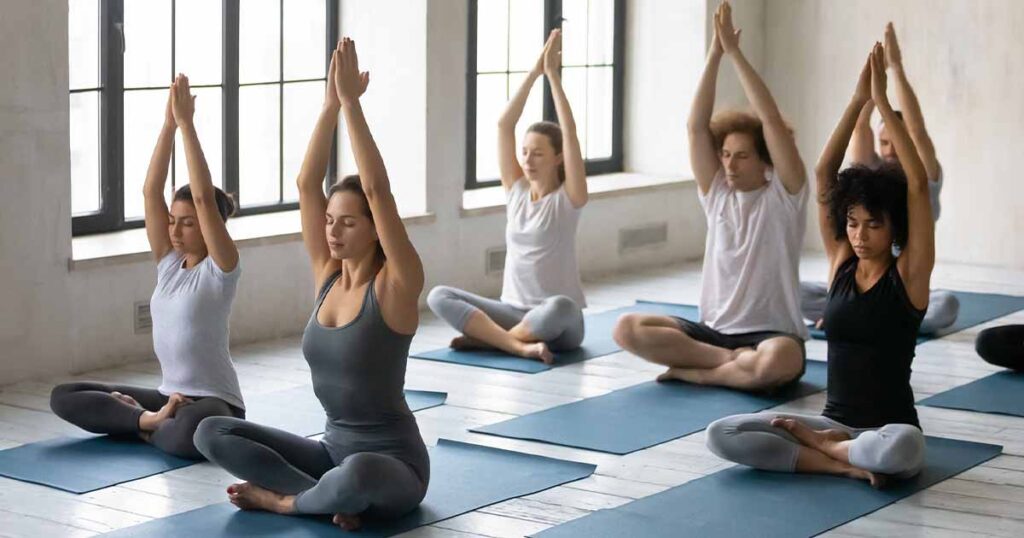
If you practice yoga at home, start with easy yoga poses for beginners like Surya Namaskar. Surya Namaskar has many variations, such as flowing movements and positions, and is often used as warm-ups in longer sessions.
Relax with Savasana
After every yoga session, give your body enough time to relax in the Savasana pose. Relaxing after yoga practice gives your nervous system some time to assimilate the benefits it has gained from the yoga session.
Be Consistent In Your Practice
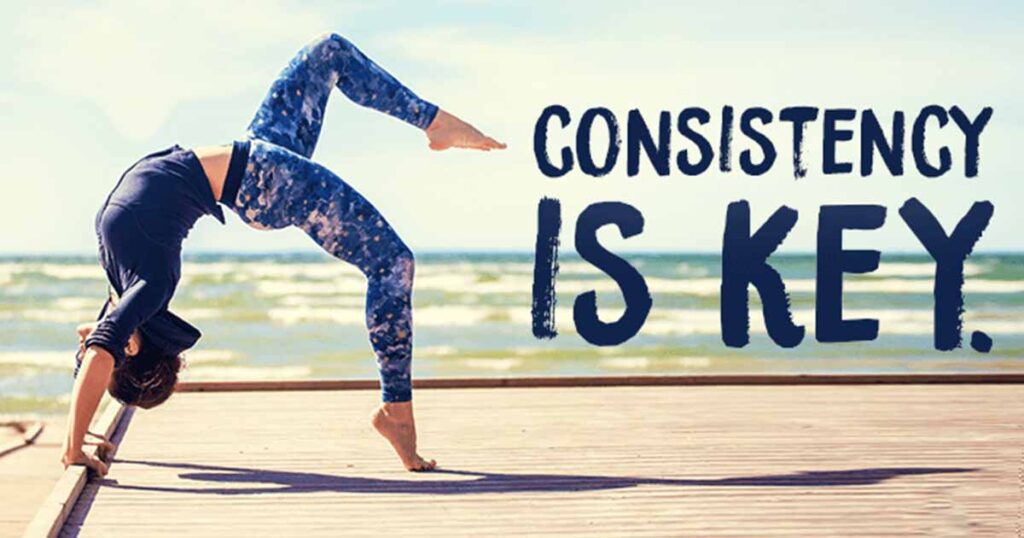
Make sure you are regular with your yoga practice; you can see results only by consistency. Making a daily home yoga routine part of your schedule will make it a habit to follow. Many studies have found that 20 minutes of regular yoga has more positive results than 2 hours of occasional yoga. So, being consistent is vital!
Enjoy Your Practice
Enjoy what you do; if you do it just for its sake, you won’t get positive results. It should be something that you should be looking forward to. If you get bored after that, change some techniques to keep it engaging and exciting.
Conclusion
So get on your mat and practice! Be patient with yourself, and give time to body and mind to give positive results. Most importantly, don’t compare yourself with others. Just let yoga slide into a lifestyle as a support system. Now you have all the answers to how to practice yoga daily at home. So, start your morning yoga routine at home.
If you are still not confident about doing yoga practice all by yourself, get the help of Yogmahima. We are a yoga school where you can start your yoga journey. Whether you immerse yourself in our offline programs or explore the online path, our holistic approach to yoga education awaits you.
Frequently Asked Questions (FAQs)
Q1: What are the best yoga exercises to do at home?
A1: There are many poses, but here are a few that you should include in your yoga session. Those are Uttanasana, tadasana, Savansana, bridge pose, child pose, tree pose, etc.
Q2: What are the benefits of practicing yoga at home?
A2: Yoga offers physical and mental health benefits for people of all ages. Yoga improves strength, balance, and flexibility, helps you sleep better, and enables you to manage stress. There are many poses in yoga for stress relief at home.
Q3:Things to avoid while doing yoga at home?
A3: Some common mistakes to avoid are overdoing yoga exercises, pushing your body too hard for challenging poses, and doing yoga for long hours can indeed lead to any injury.
Q4: How often should I practice yoga?
A4: Doing 10 or 20 minutes every day would give you much better results than doing it for hours once or twice a week. It is always advised to do yoga daily.
Q5: Can I eat before yoga?
A5: It is better to have less or an empty stomach during a yoga practice. So, don’t eat at least 2 hours before a yoga session.
You May Also Like:
How Mindfulness Yoga Can Revolutionize Your Mental Health
Sound Healing Therapy: Transform Your Health with Vibrations
Yoga For Stress And Anxiety: Expert Tips And Techniques
How To Build A Yoga Routine For Beginners



No Comments yet!